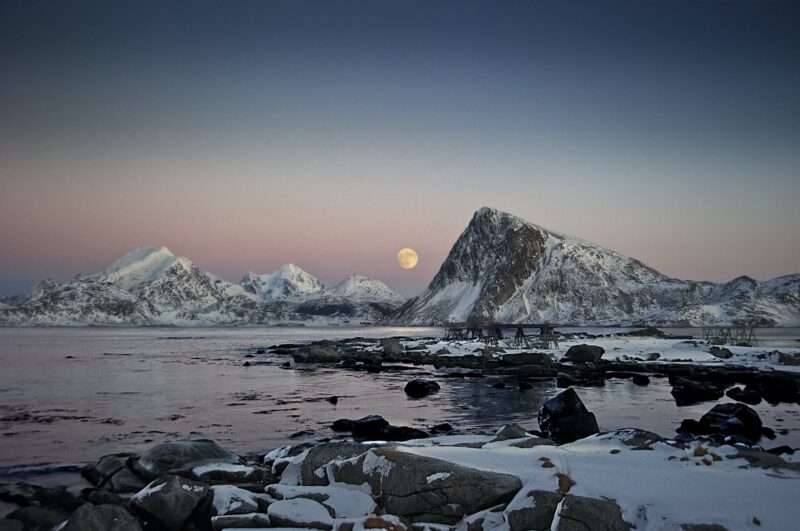“It gave me nightmares,” admitted Margaret Atwood of Frozen in Time in her introduction to this epic and thrilling account of the failure 1845 Franklin Expedition, and the reason for it—considered to this day one of the greatest mysteries of Arctic exploration of all time. Hooked, I began reading this ambitious project undertaken by Owen Beattie and John Geiger.
Titled Frozen in Time: The Fate of the Franklin Expedition, the book had a slow start but picked up toward the end, bringing together the universe they’d constructed throughout the narrative—the great unknowable Canadian Arctic, the sea of questions left in the wake of the sailors who never returned, the repeated scientific inquiries attempting to discover what had happened, all to fall into one tiny vortex: lead poisoning.
Despite its meticulous detailing of archaeological procedures, autopsies, and detailed mapping of King William Island, Frozen in Time reads almost like a work of fiction in its setting, plot, and twist: icy uncharted waters northward, toward which 129 brave explorers sail off the 19th of May 1845, never to return. And all along, it was a fatal human error that had quite literally poisoned them all, seeping into the very source of life the sailors relied upon up until the moment of their death: tinned meat.
On the cover is a splendid painting of the two ships, HMS Erebus and Terror, sailing the waters of the Northwest passage. It is a fictionalized, softened, and artfully fantasized painting, for those Arctic nights must have been long and dark. Leaves of black-and-white photos from the 1984 and 1986 exhumations are sheathed among the text pages. These pictures come out of nowhere, ghastly faces of dead men, lips curling back from teeth and eye sockets in empty shadow, as if they’re incensed at this disturbance to their slumber. No wonder they gave Atwood nightmares.
The frozen samples that Beattie and his team collected from the exhumed bodies provided clear evidence for the extensive lead poisoning that took place during the expedition. This allowed for a kind of closure to the narrative of the Franklin Expedition which, over the years, has become a tragedy garnering worldwide attention, sending countless expeditions navigating the northern straits for clues, and befuddled countless archaeologists and anthropologists. But a grisly detail was yet to be added: cannibalism. First proposed by John Rae in 1854, it was finally corroborated in a 1981 expedition in which human bones with knife marks on them were found, and Inuit witnesses gave reports of cooked human flesh in boots, and dismembered skeletons were discovered further along the shore. Even worse, a 2015 study confirmed that “late-stage cannibalism” had also taken place—in addition to consuming flesh and organs, boiled bones in pots were evidence for “breakage and boiling of bones to extract marrow fat”—that the surviving sailors, in desperation, had consumed what they could from the bodies of their dead comrades not once but repeatedly, methodically, over a prolonged period of time.
The Challenger disaster of 1986 and the Columbia disaster of 2003 are cited in the final chapter as parallels to the devastating true story of Frozen in Time. In all of them, an ambitious quest is launched with confidence as it is equipped with the latest scientific developments of the time—and there is a terrible price to be paid. Human failure, in this case, to see the real enemy—toxins melting off the tins, seeping into the sailors’ food—blinded us to what could have been a quickly solved mystery and instead led explorers to scour the straits and channels of Baffin Bay in search of answers for 138 years. In the detailing of the efforts of the scientists who worked tirelessly to discover the real secret behind the Franklin Expedition, we see some of the greatest strengths and the eeriest shadows of humanity.
